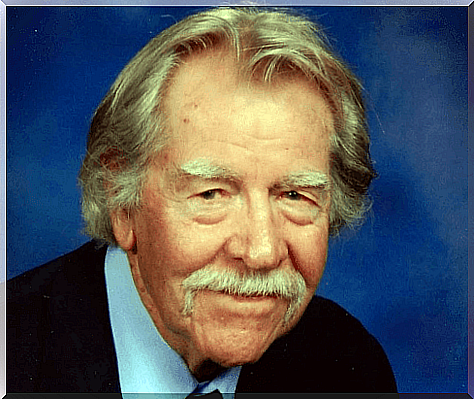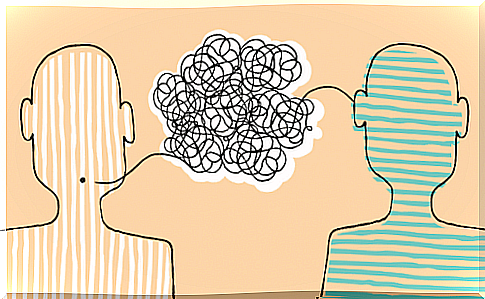Psychological Behaviorism By Arthur W. Staats

Psychological behaviorism means that personality can be explained by observing behavior.
Watson developed behaviorism – the general theory that includes psychological behaviorism – in 1912. Skinner then expanded this theory with his radical behaviorism.
A later contribution came from Staats, which talks about psychological behaviorism, which emphasizes a person’s personality and inner world.
Arthur W. State’s psychological behaviorism extends behaviorism to the field of psychology. It thus postulates that we can explain psychology through observable behaviors.
The components of psychology include personality, learning and emotions.
Staats was the first person to suggest that personality consists of a series of learned behaviors. These behaviors come from the interaction between the environment, biology, cognition and emotions.
This personality theory is the main component of psychological behaviorism and differs from the behaviorism theories that came before.
Psychological behaviorism and personality
According to Staats, personality theory consists of three repertoires:
- First, the sensory-motor repertoire, which includes sensor-motor abilities, attention, and the person’s social abilities.
- Then have at a cognitive and linguistic.
- The third repertoire is the emotional and motivating one.
An individual’s basic behavioral repertoire and life experiences will shape the person’s behavior and personality.
According to this model, biology interacts with experience and contributes to the creation of personality.

On the other hand, psychological behaviorism considers it very important to study personalities.
Personality tests are important and allow specialists to make a prediction about what behaviors people will exhibit and whether there is any kind of risk.
These tests also help identify behaviors and contexts that give rise to these behaviors. This information can then be used to produce the behaviors you desire.
They also prevent the occurrence of behaviors that you want to avoid.
Psychological behaviorism and language
Staats indicates that many words give rise to positive or negative emotional responses. Psychological behaviorism also means that emotional words have two additional functions.
First and foremost, they help with the learning of other behaviors. Secondly, they also give rise to avoidant behaviors.
Psychological behaviorism studies different aspects of language. This article by Staats, published in the journal Behavior Therapy in 1972, helped introduce cognitive behavioral therapy (language) in the field of behavior.

The psychological behaviorism and behavioral disorders
Psychological behaviorism does not accept the concept of mental illness. Instead, it believes that learned abnormal behavior leads to behavioral disorders.
Lack of important learned repertoires that could help the individual handle situations better can also lead to behavioral disorders.
In fact, psychological behaviorism does not accept the concept of mental illness.
Instead, it indicates that behavioral disorders are caused by a lack of assimilation of the basic repertoires that individuals need.
Psychological behaviorism therefore believes that behavioral associations can be used to treat behavioral disorders. It also proposes measures, such as identifying and blocking the conditions that cause them.









